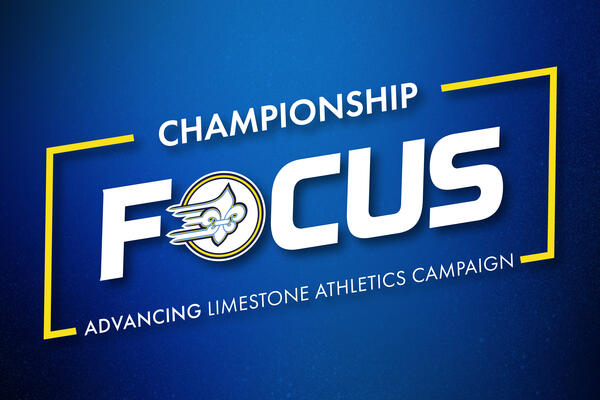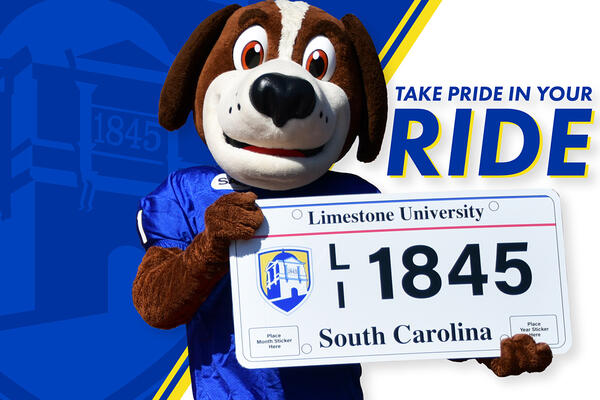August 21st, 2018
Limestone Professor's Team Personalizes College's Daily Lifestyle Physical Activity Plan

Things just got easier for Limestone College students, faculty, and staff members looking for a way to workout on campus.
Dr. Felicia Cavallini, a Professor of Physical Education and recipient of a Fulbright Scholar Grant, recently modified her and her research team’s “MyHouse Activity” and “MyWork Activity” graphics to make them Limestone-specific.
Those previous graphics are being replaced with “MyLimestone” and “MyResidence” activities to demonstrate numerous physical activities that can take place on campus.
The updated graphics show where to do the activities, such as on the staircase of the Curtis Administration Building. They also describe how to do the activities, for example, by standing up from a desk and stretching. By pulling Limestone into the graphics, students, faculty, and staff can see themselves represented in the images and they can then adopt the movements and actions into their own daily routine.
“We have incorporated images that the general population can relate to,” Cavallini explained. “Our team has captured nondescript images of real-life people doing their everyday activities. I am very proud of Susie Williams, a senior here at Limestone, and the rest of my team of Physical Education students who have played a huge role in the research conducted and the projects that have sprouted based on their work.”
Following her 11-month Fulbright Scholar Visiting Research Chair Grant at the University of Guelph in Guelph, Ontario, Canada, Cavallini and her research team created graphics to represent their findings. The graphics reflected the data gained from 13 diverse focus groups held during Cavallini’s time in Canada. The “MyHouse Activity” and “MyWork Activity” graphics were then placed in all the buildings on the Limestone College campus. The Radiology Oncology Department at the Gibbs Cancer Center in Spartanburg has the signage in all of its examination rooms, and the University of Guelph is using them as well. The graphics at the College are currently being updated to make them Limestone-specific.
The United States Physical Activity Guidelines recommend that individuals participate in at least 150 minutes of physical activity per week at home and at work, along with two or more strength exercises that engage all major muscle groups. The team’s graphics demonstrate how to meet those guidelines within a small amount of space and time.
“During our research, we discovered that many people have an aversion to the term ‘exercise,’” Cavallini said. “It was then that we became confident that lack of exercise actually has more to do with modifying everyday physical behavior and less to do with finding the time to sweat it out in a gym.”
Cavallini was awarded the prestigious, internationally distinguished Fulbright U.S. Scholar Grant for 2014-2015 as a Visiting Research Chair in the Human Health and Nutritional Sciences Department at the University of Guelph. Cavallini taught and conducted research in collaboration with the faculty and serves as an ambassador to increase mutual understanding between the people of the United States and Canada.
(By Marena Camby, Limestone College Communications & Marketing)



